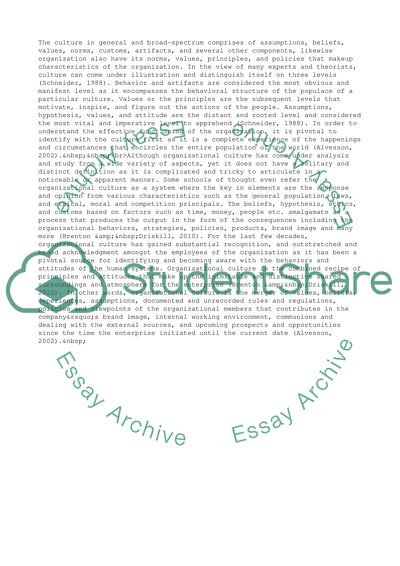Cite this document
(“Organizational Culture in Multinational Corporations Research Paper”, n.d.)
Retrieved from https://studentshare.org/management/1430181-organizational-culture-in-multinational
Retrieved from https://studentshare.org/management/1430181-organizational-culture-in-multinational
(Organizational Culture in Multinational Corporations Research Paper)
https://studentshare.org/management/1430181-organizational-culture-in-multinational.
https://studentshare.org/management/1430181-organizational-culture-in-multinational.
“Organizational Culture in Multinational Corporations Research Paper”, n.d. https://studentshare.org/management/1430181-organizational-culture-in-multinational.


